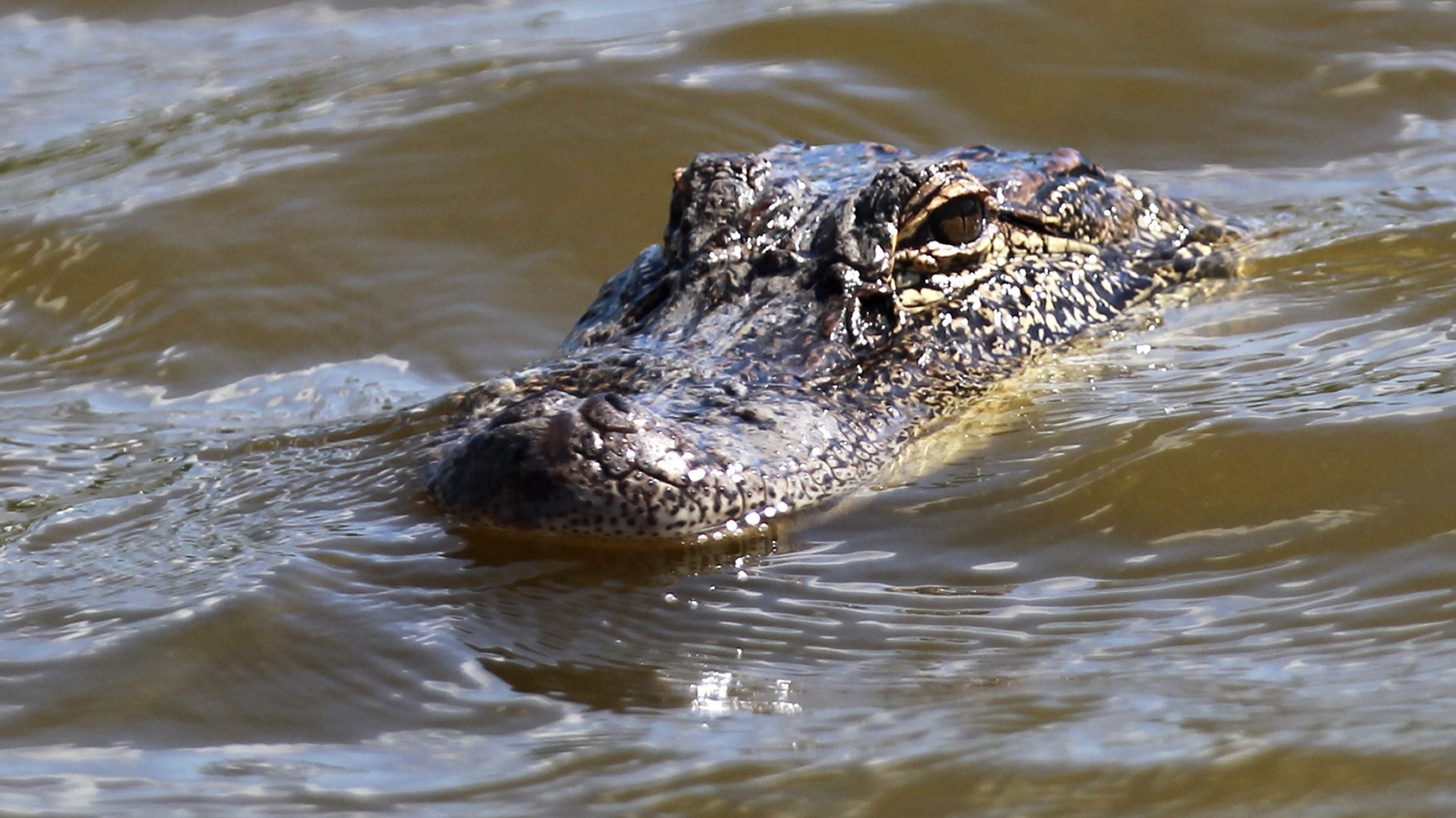The animal kingdom’s top predators are starting to reclaim old territories
Some of the largest predators in the animal kingdom are increasingly being spotted in surprising places. And this is good news.


Some of the largest predators in the animal kingdom are increasingly being spotted in surprising places. And this is good news.
Killer whales swimming in rivers, alligators on sandy beaches near salt-water seas, and mountain lions in expansive grasslands are an indication that once-decimated populations of predators are starting to bounce back. The phenomenon was detailed in a new, Duke University-led study published this week in the journal Current Biology.
Initially, sightings of these predators in seemingly unconventional places in recent years were thought to be flukes—attempts by the animals to venture into new habitats in search of food. The new study suggests otherwise.
“It’s the old norm, the way it used to be before we pushed these species onto their last legs in hard-to-reach refuges,” said Duke researcher Brian Silliman in a statement. “Now, they are returning.”
The idea that these animals are starting to repopulate ecosystems in which they used to reign supreme flips conventional wisdom on its head. Silliman points out that much of the scientific knowledge we have about these species comes from research undertaken during periods in which their numbers were in steep decline. Thanks to efforts by humans to protect those animals and their ecosystems, a population rebound is giving scientists a glimpse into how and where many species used to live. New evidence collected by the researchers suggest that predators—including alligators, otters, and several others—increase in number and naturally expand their territories when protected from human hunting. That’s bolstered by past discoveries of bones from animals in places the average person wouldn’t expect to see them.
“Indeed, some of the alligators consumed by prehistoric humans along the Texas Gulf Coast [had] lived in salt water,” the study says, noting that they are typically known as freshwater creatures.
This new understanding of wildlife recolonizing areas where they used to live has important implications for lawmakers considering policies that may better protect species. As predators expand their footprint into new places that can support their populations, it may be the case that they can thrive in new ecosystems better than they can in previous spots in which they lived.
The study did not say whether this expansion of territory by predators will become a threat to humans, though every now and again a news story crops up about a run-in between the two. In Florida, for instance, there are an average of about seven cases per year of alligators biting humans. Officials say that number is starting to rise.